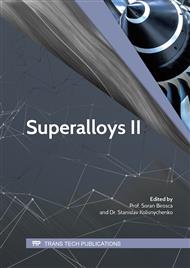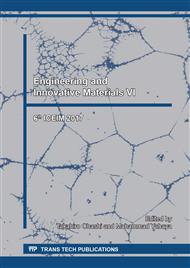p.138
p.147
p.155
p.160
p.167
p.173
p.181
p.186
p.191
Hydrogen Influence on Microstructure and Properties of Novel Explosive Welded Corrosion Resistant Clad Materials
Abstract:
The aim of this work was to investigate whether the explosively welded metals are susceptible to hydrogen degradation. The materials described in this article are widely used nickel alloy Inconel C-276 and super duplex steel SAF 2507 as clad materials for their superior resistance to corrosive environment and low alloy steel P355NH as a base material. It was observed that at the explosive bonded interface between the base steel and the stainless steel some local melting zones are formed. It was found that the cathodic hydrogen charging causes changes in the microstructure of bonded materials and decreases the shear strength of bonds as well as the corrosion resistance of clads.
Info:
Periodical:
Pages:
167-172
Citation:
Online since:
January 2018
Authors:
Keywords:
Price:
Сopyright:
© 2018 Trans Tech Publications Ltd. All Rights Reserved
Share:
Citation:



